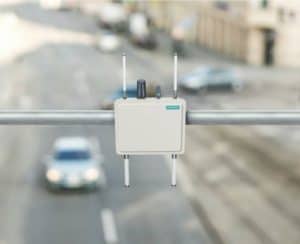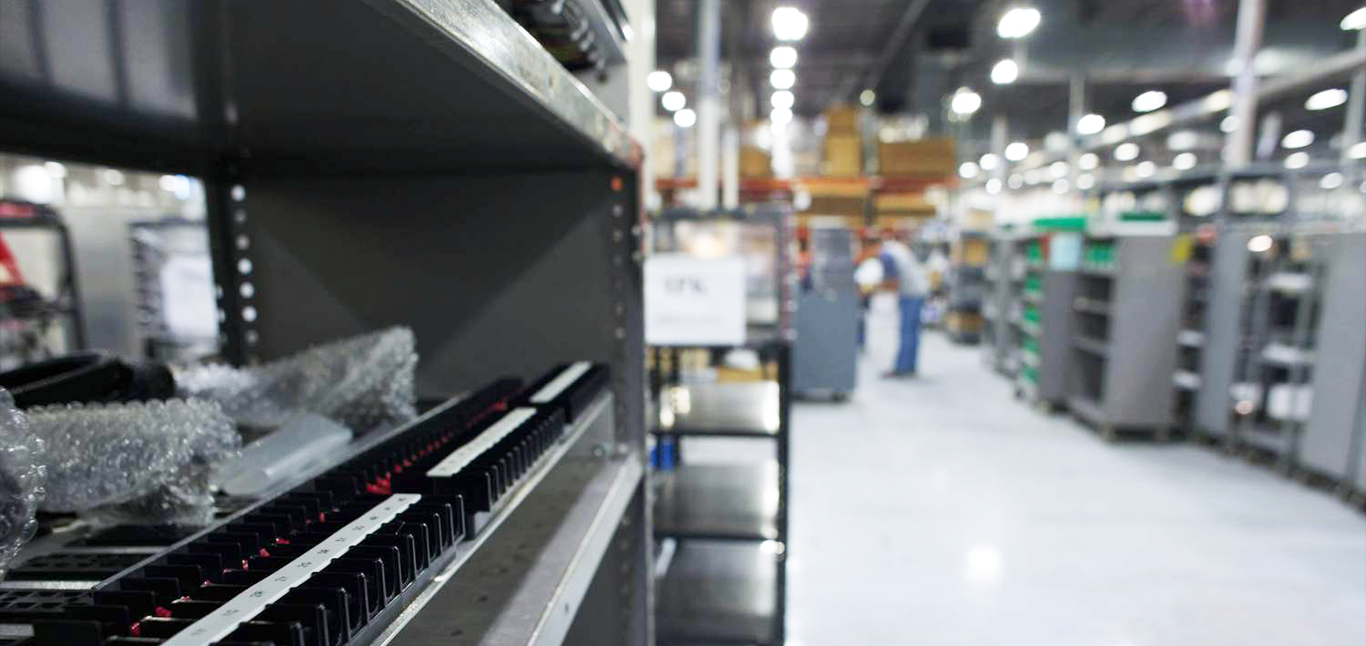By Cody Lanning, Assistant Sales & Marketing Coordinator, MoboTrex
More and more you are probably hearing about connected cities, vehicles, and infrastructure. In the “Internet of Things” world everything seems to be connected. But what benefits will you see from having connected vehicles in your municipalities or cities; and when is it time to start making sure your city is connected? The short answer is now!
According to Statista, “It is estimated that some 83 million cars that are to be shipped in 2020 will be connected to the Internet.” This is already over double from the 32 million cars shipped in 2017. As more cities are adapting to this rising number they are implementing smart infrastructure to communicate with these connected vehicles.
The U.S. Department of Transportation (USDOT) is supporting the advancement of connected vehicle technology. Currently they have a pilot deployment program to show what barriers remain and how to address them. As defined by the USDOT, “connected vehicles enable safe, interoperable networked wireless communications among vehicles, the infrastructure, and passengers’ personal communication devices.”
The United States Department of Transportation Highway Traffic Safety Administration estimates that 80% of crash scenarios involving non-impaired drivers could be addressed with Connected Vehicle technology

The Siemens Connected Vehicle Roadside Units (RSU’s) are a computer/radio device that takes information from the traffic signal controllers and from vehicles equipped with On Board Units, processes it, and delivers messages to nearby vehicles and to the intersection.
The RSU’s give Signal Phase and Timing (SPaT) alerts to warn of changing lights or other potential violators before entering the intersection. They alert you to pedestrians within the crosswalks as well as other warnings such as wrong way detection and speed limit changes. Other user cases include work zone warnings, curve speed warnings, emergency vehicle preemption, and transit signal priority.
RSU’s can reduce congestion during rush hour times by adjusting the speed recommendation sent to connected vehicles based on what other vehicles are doing. Some of the use cases for reducing congestion include forward collision warning, emergency electronic brake light, end of ramp deceleration warning, and intelligent signal systems. By being able to reduce congestion, this in turn can reduce emissions in your city as well.
Together with InTrans at Iowa State University and the City of Dubuque, MoboTrex has recently deployed roadside units at nine intersections on Highway 20. This is part of a state-wide project outlined here. Similar deployments are planned for Ames, Coralville, and West Des Moines later this year. Most states have at least one small scale deployment as part of a national challenge.
This technology sounds great but are you asking what benefits you will see in your own cities? With this technology the National Highway Traffic Safety Administration has preliminary estimated that two of the safety applications, the left turn assist and intersection movement assist, could prevent up to 592,000 crashes and save 1,083 lives per year. You will be saving lives, making your city less congested, and reducing emissions which in turn can improve the quality of life and boost economic growth. Don’t be left behind, the future is now!
Below is a video showcasing the Siemens RSU’s in action so you can see what the alerts look like while driving in a connected city and learn more about the RSU’s features.
